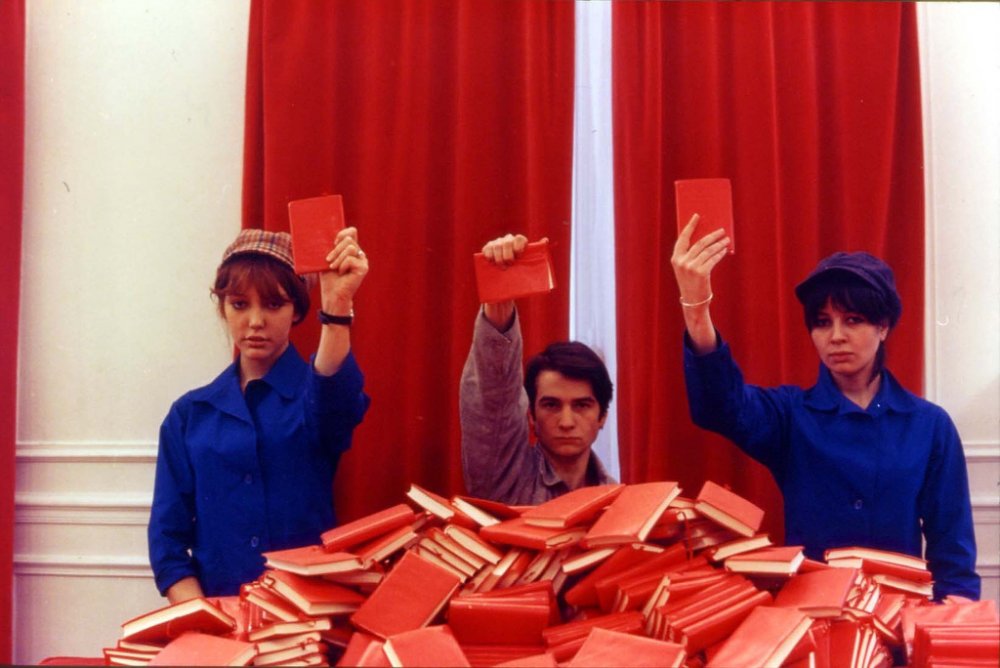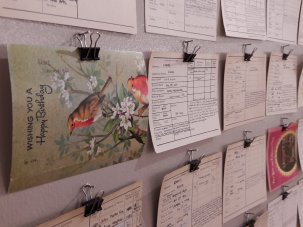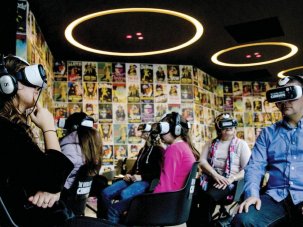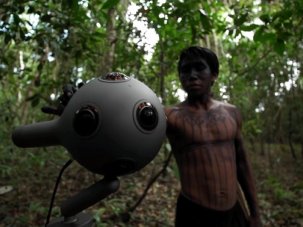When the Lumière brothers invented their Cinématographe in 1895, they could see no future in their invention. As Mark Cosgrove of Bristol’s Watershed explained during a panel as part of last weekend’s wide-ranging Cinema Rediscovered festival, the moving picture machine didn’t appear to be a viable alternative to their existing business, domestic portrait photography. Until the arrival of the cinema space, and idea of films as communal entertainment, the moving image was a novelty rather than a saleable commodity.
In 2017, with online distribution and handheld devices again diminishing film’s exchange value and making it often a domestic or solitary hobby, it has become a challenge to encourage audiences into cinemas for the communal experience of movie-watching. For older films, thanks to torrenting sites and lavish Blu-ray editions, the issue may be more acute. At the impressive Cinema Rediscovered festival, inspired by the long-running Il Cinema Ritrovato in Bologna, Italy, classic films were projected on to the big screen to paying audiences all weekend. Alongside the screenings, in the Archive Sessions, sidebars, producers, curators, artists and critics wrestled with the question: how can we get more people to see these films?
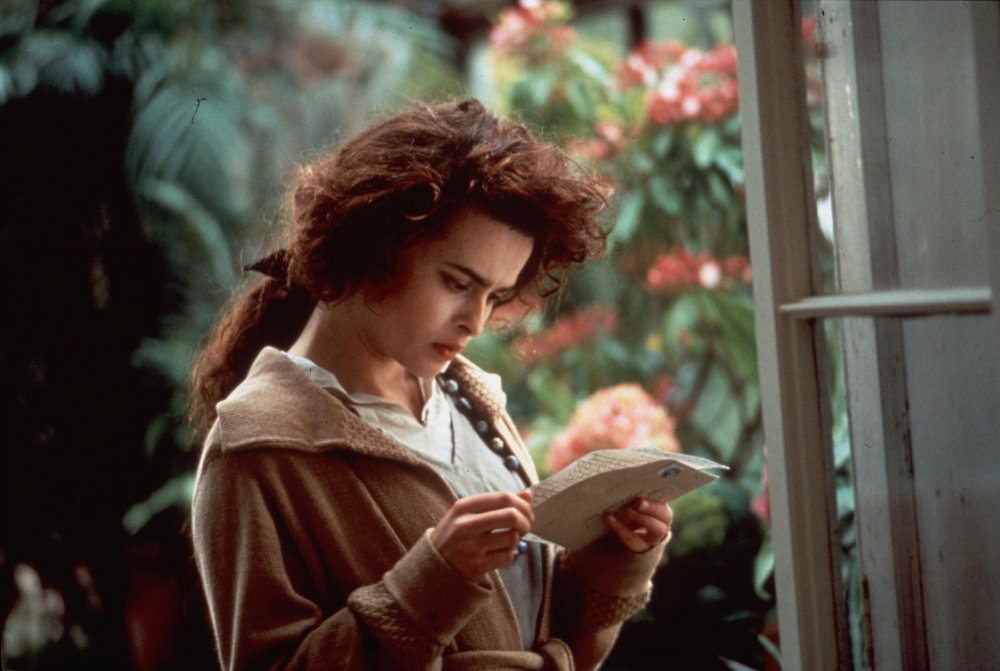
Howards End (1992)
The line-up for this omnivorous festival was eye-catching enough. Here, you could spend a whole day binge-watching all ten hours of Krzyzstof Kieslowski’s Dekalog (1990), or pop in to see the rerelease of Howards End (1992). New restorations and archive favourites were programmed in themes (a strand of journalist films called Manipulating the Message; another, first seen at BFI Southbank, portraying women in the Second World War, inspired by Their Finest), or some inspired double-bills. In the latter category, 2017’s white-privilege horror satire Get Out was paired with 1967’s Guess Who’s Coming to Dinner by programming collective Come the Revolution. Park Circus’s rerelease of Joe Orton biopic Prick up Your Ears (1987) was accompanied by a new restoration of his Entertaining Mr Sloane (1970). New restorations of two relatively recent independent feminist classics – Julie Dash’s Daughters of the Dust (1991) and Lizzie Borden’s Born in Flames (1983) – also formed another duet. One strand was devoted to India on film, another to highlights from the Bologna festival, and elsewhere restorations from Godard’s La Chinoise (1967) to the directors’ cut of the Coens’ Blood Simple (1983) graced the screen.
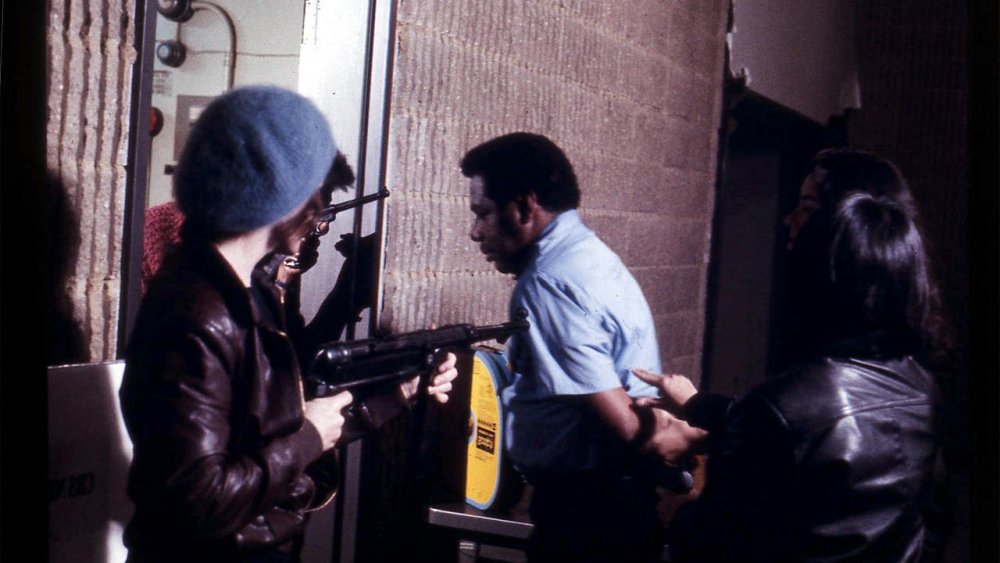
Born in Flames (1983)
Many of these restored films are soon to appear in cinemas and on Blu-ray, but Cinema Rediscovered deployed some strategies to make the event appeal to a more immediate, local audience. Bristol’s cinematic heritage was foregrounded with a screening of new documentary Becoming Cary Grant, a film-historical walking tour of the city, a trip to the 1912-vintage Curzon cinema in Clevedon and, screened each evening in the bar, silent films showing the local area. While the majority of the screenings were held at the multiscreen Watershed media centre, feminist programming collective The Final Girls presented supernatural horror The Entity (1981) in the nearby Cube ‘microplex’ at a suitably late hour on Saturday night.
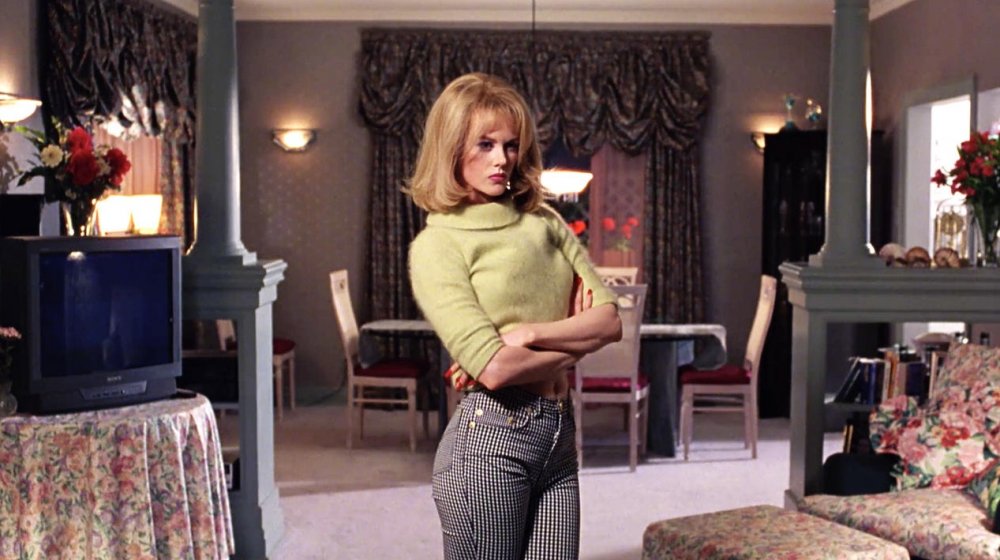
To Die For (1995)
Audience development begins with younger cinephiles, though, often assumed to be naturally at-home streamers rather than cinemagoers. The first film I saw at the festival, Gus Van Sant’s To Die For (1995), was introduced by a student from the University of the West of England, studying for a MA in curation with an emphasis on cinema, who has a work placement at the Watershed. On the Friday, a group of young critics were given a day of coaching and advice from older hands – acquiring skills they might well choose to exercise during the following days of celluloid overload.
At first glance, the programme reveals only a little silent cinema and a bias towards late-twentieth-century filmmaking, a notably more youthful vintage than might be expected in Bologna or at Paris’s similar city-wide event Toute la Mémoire du Monde. Then again, Bill Morrison’s archeological film documentary Dawson City: Frozen Time was among the weekend’s sell-out events, so deep-dive film history was not entirely out of style.
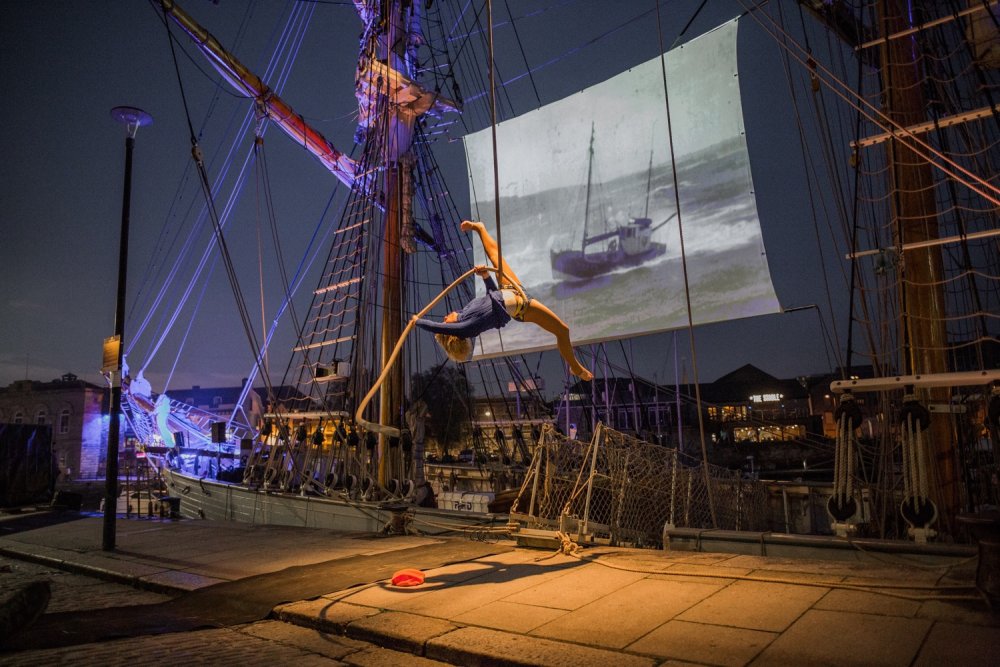
A Celluloid Sail event in Plymouth.
Credit: Compass Presents
The problem being, as Cosgrove articulated in a different session, that archive cinema can be dismissed as boring: “just old films”. At a panel on Saturday morning, an event producer, a filmmaker and a musician discussed their strategies for getting archive footage in front of audiences. Charlie Harman from Compass Presents discussed the logistics of finding archive footage and then screening it in unexpected locations as part of a night of performance, music and feature film. The idea, she said, is that audiences come for one part of the package – the circus performance, for example – and leave enraptured by silent cinema.
In fact, Compass’s feedback is always dominated by enthusiasm for the archive actuality films shown before the feature. The not-for-profit company’s latest venture is Celluloid Sail, in which moving images are projected on to the canvas of boats in harbour – the tour has taken in Bristol, Plymouth and Belfast.
Adrian Utley of Portishead has been commissioned to score silent films with Will Gregory of Goldfrapp. After a successful score for The Passion of Joan of Arc (1928), which was toured extensively and, Utley hopes, will soon appear on DVD, his next commission is Paul Wright’s archive-collage film Arcadia – with the edit constantly changing, and the increasingly political nature of the work, Utley describes the project as “challenging, difficult, uplifting”.
Filmmaker John Minton found his latest commission, Punjabtronix, equally exacting, but for the opposite reason. Tasked with creating visuals from images of India to accompany DJ Swami’s existing music, Minton struggled to get his hands on the footage he needed. He contacted expensive agencies, even bought cine film and photo albums from eBay and eventually found a trove of material, and collaborative archivists, in the Bristol Archives. Once under way, the project also raised yet-to-be-resolved questions about the ethical and historical values of the footage, which was to be partnered with a track about Partition.
Three practitioners, all combining archive cinema, if they can get their hands on it, with another artform to mobilise new audiences. A hint too, perhaps of what may be in store at Cinema Rediscovered in the future.
A panel themed around ‘cinema innovations’ including VR producer Catherine Allen and BFI curator Bryony Dixon made explicit the connection between our current exhibition woes and the birth of film, comparing the (currently) solitary viewing experience of VR to the early days of kinetoscope parlours. The question discussed was not just whether VR will find its natural viewing habitat in the way that film settled into the cinema space, but whether the current turmoil in formats and technologies will ever cease. VR is essentially different to film in the way that moving images are essentially different to still photography, and deserves to find a place, and a use, all its own. Perhaps, in 100 years’ time, it will be looking for another home, and a new audience, too.
-
The Digital Edition and Archive quick link
Log in here to your digital edition and archive subscription, take a look at the packages on offer and buy a subscription.




